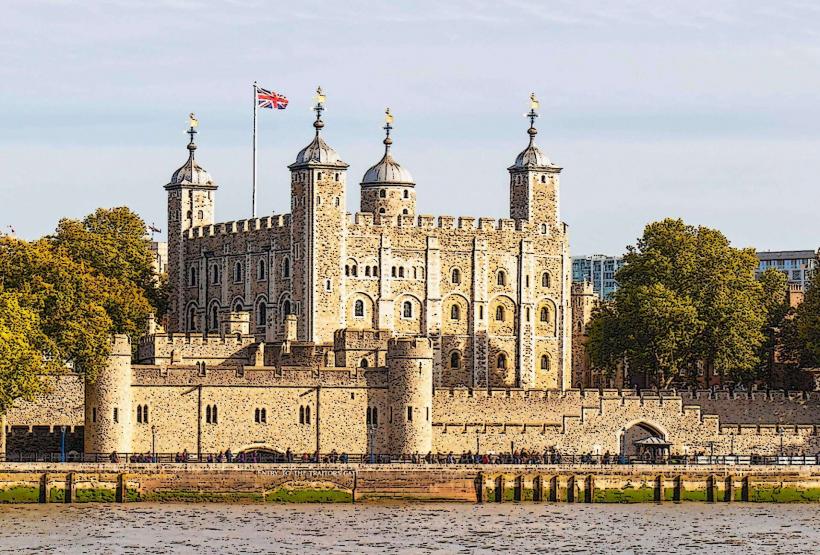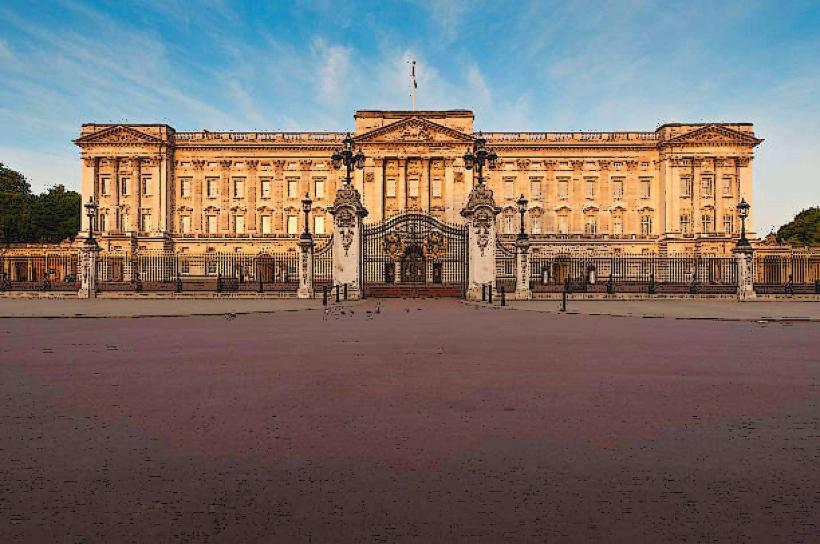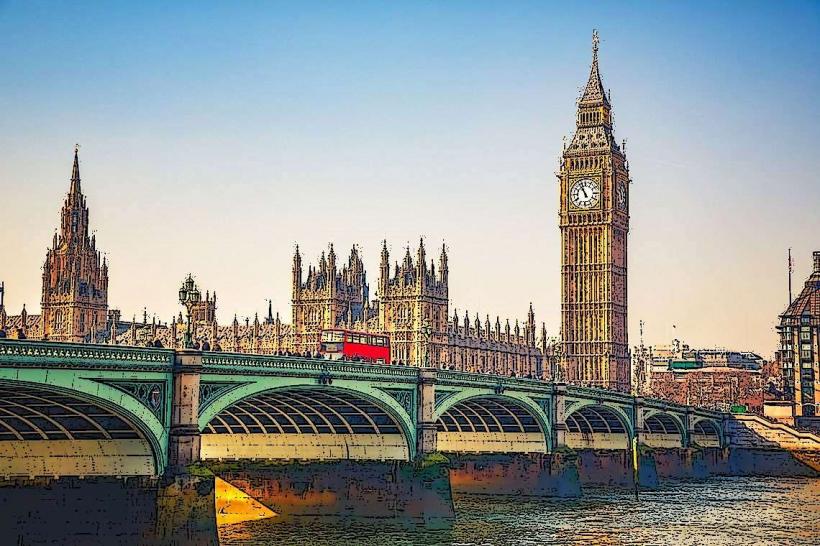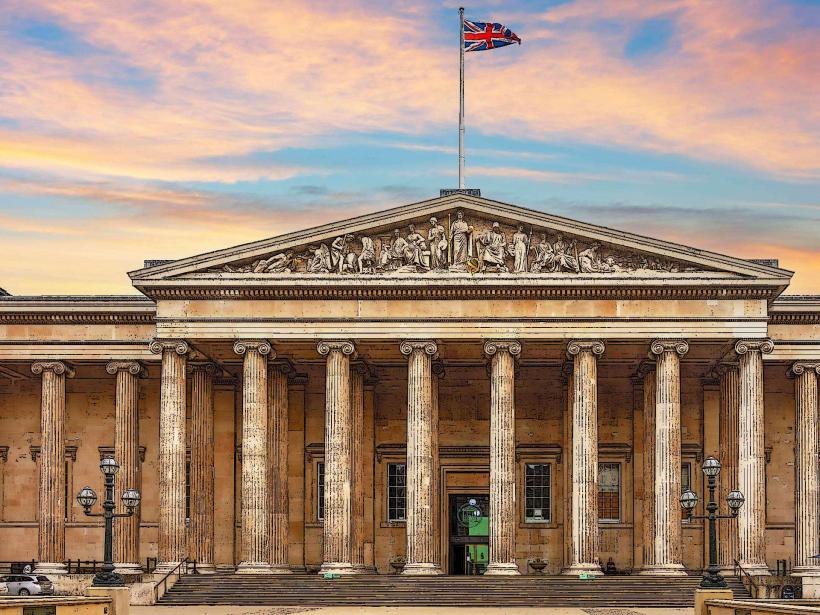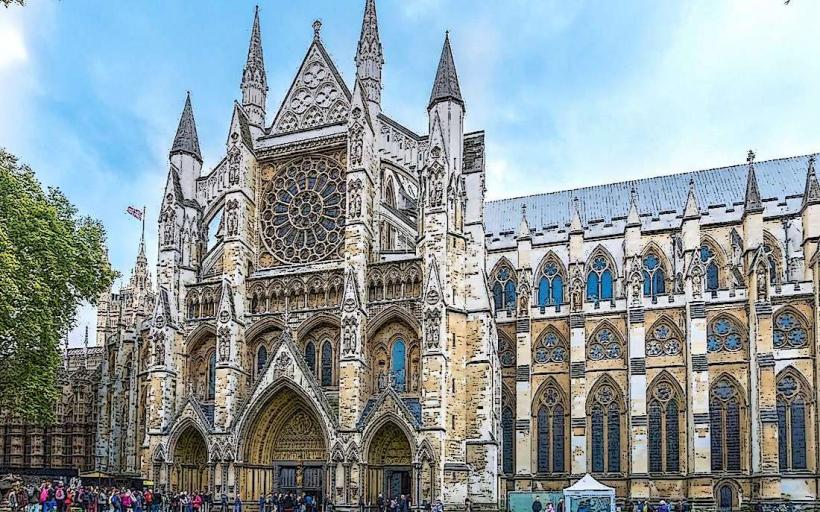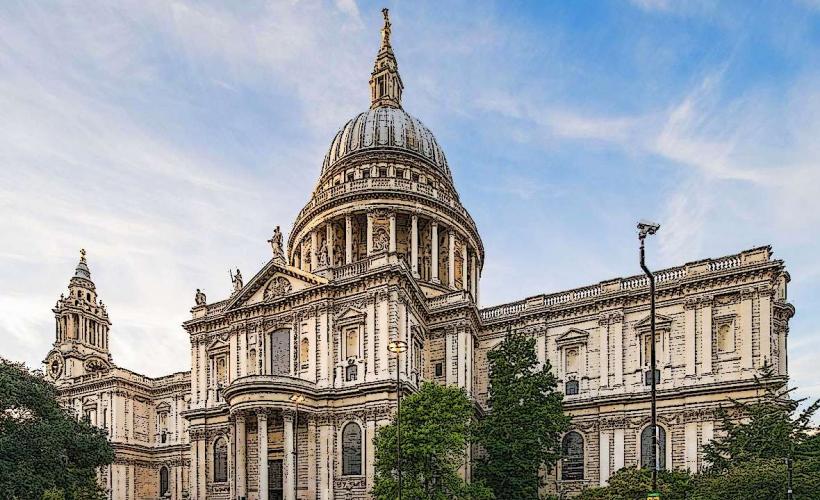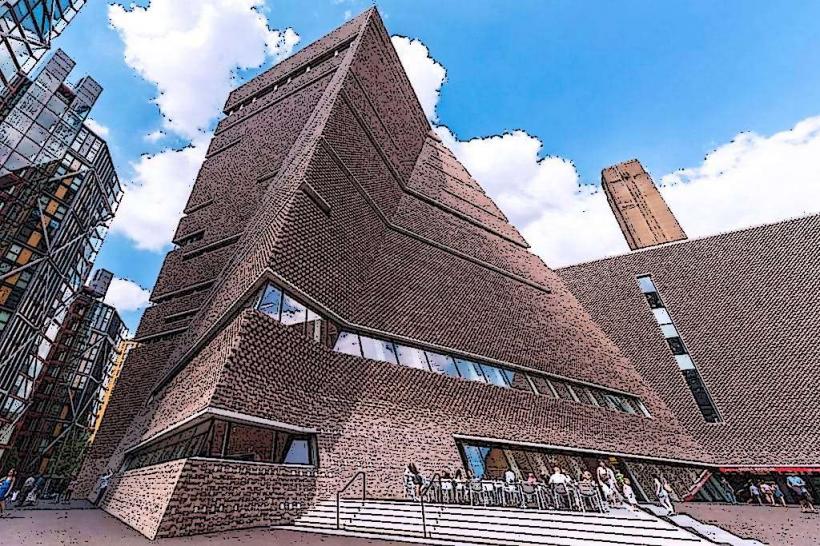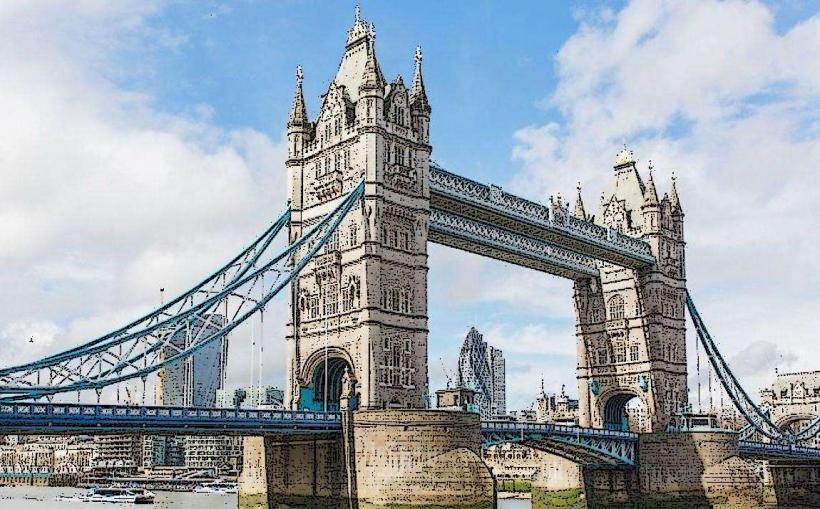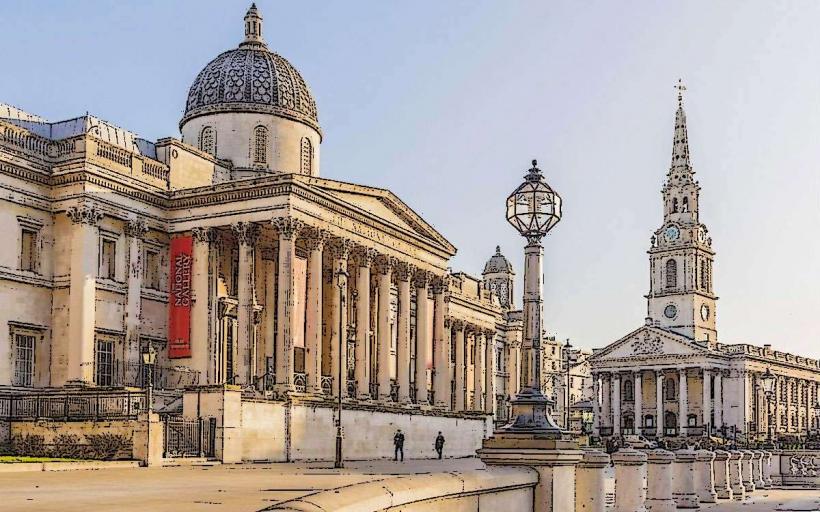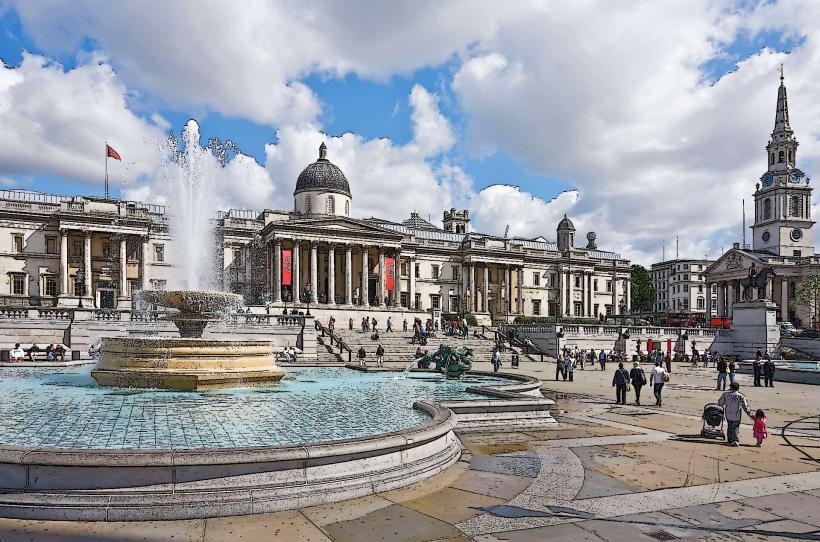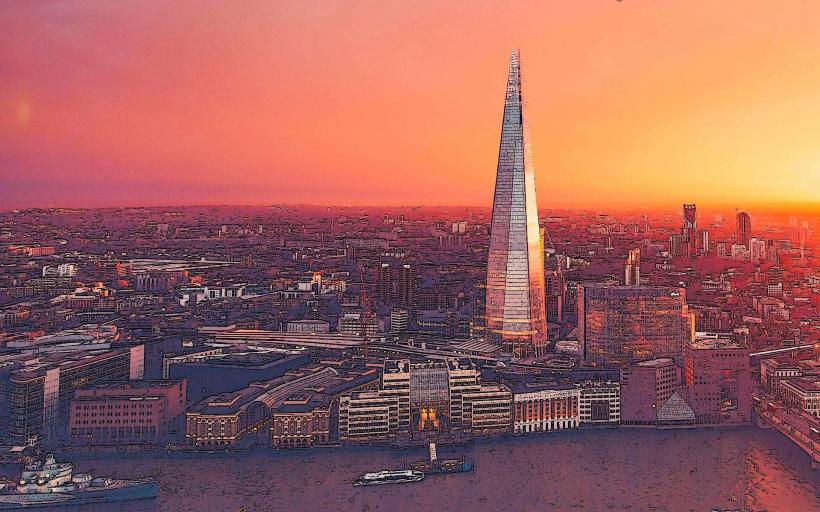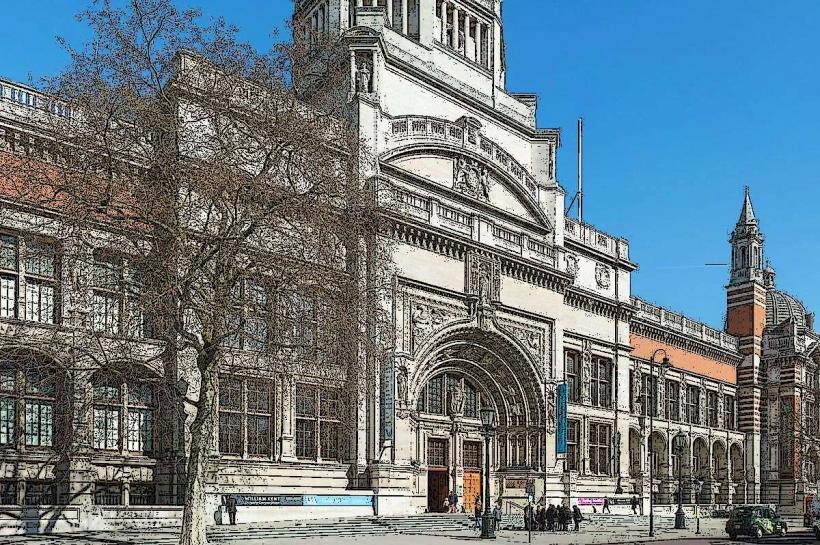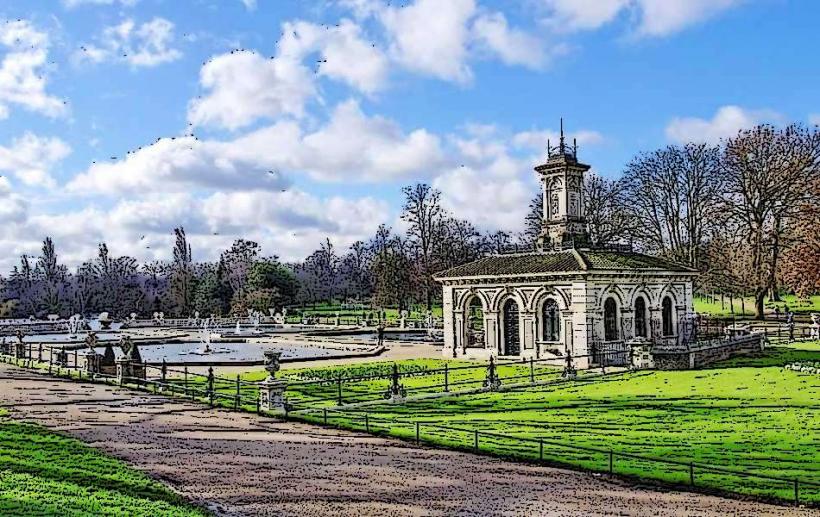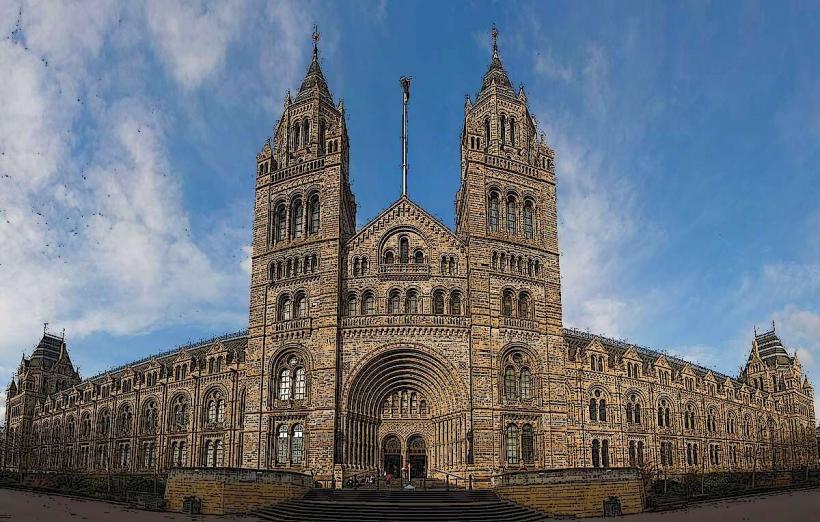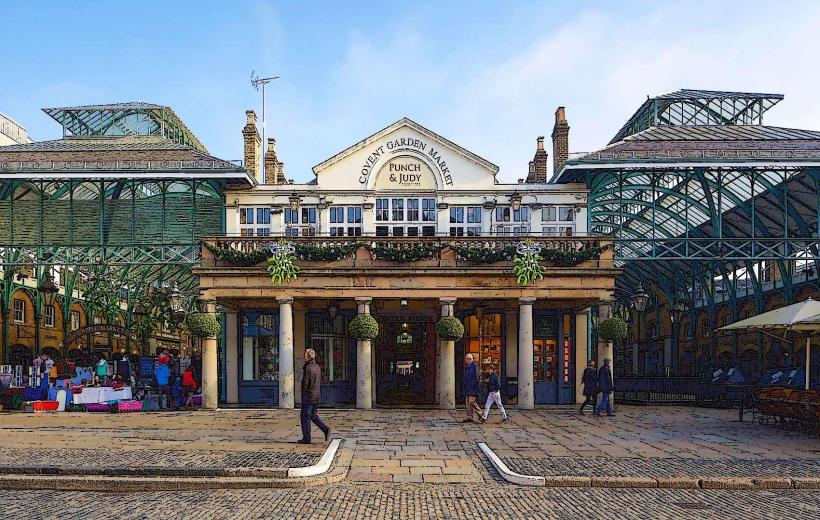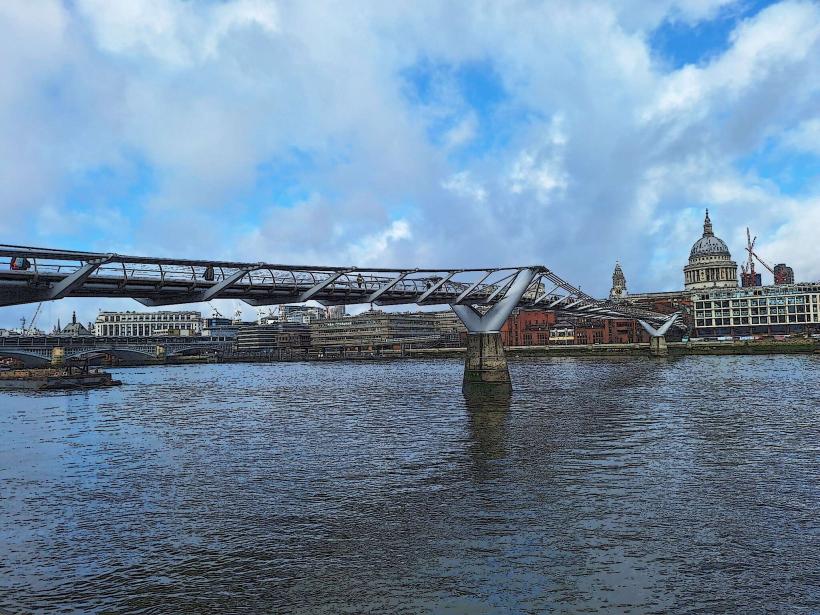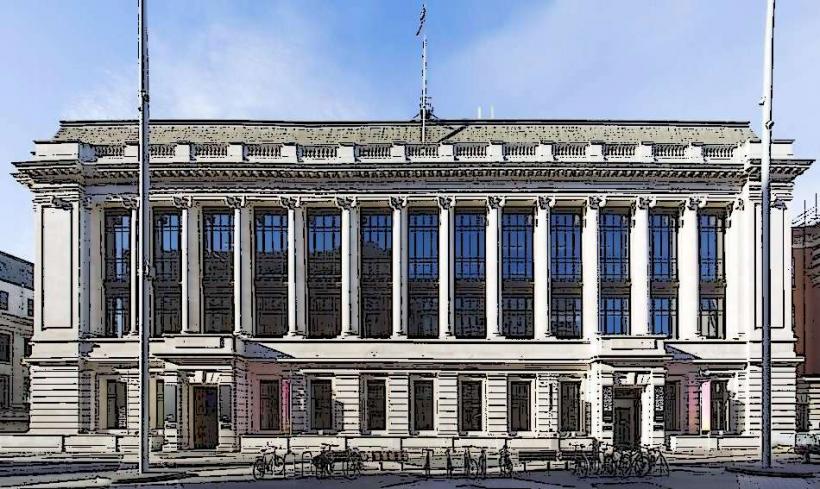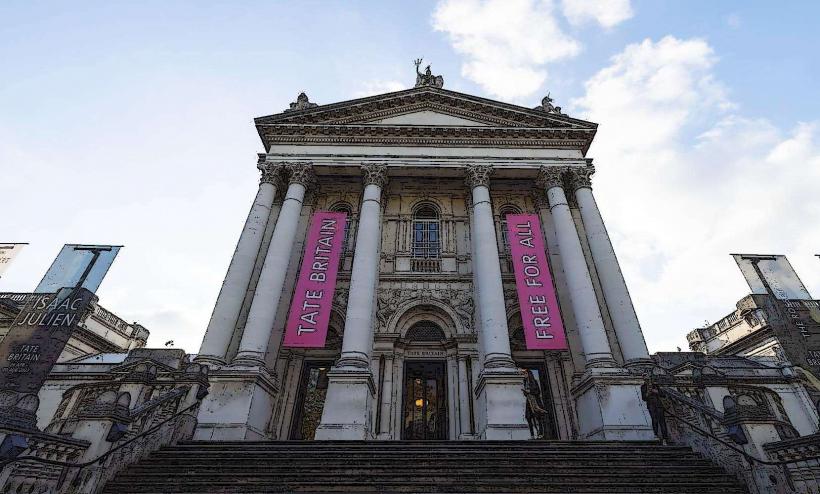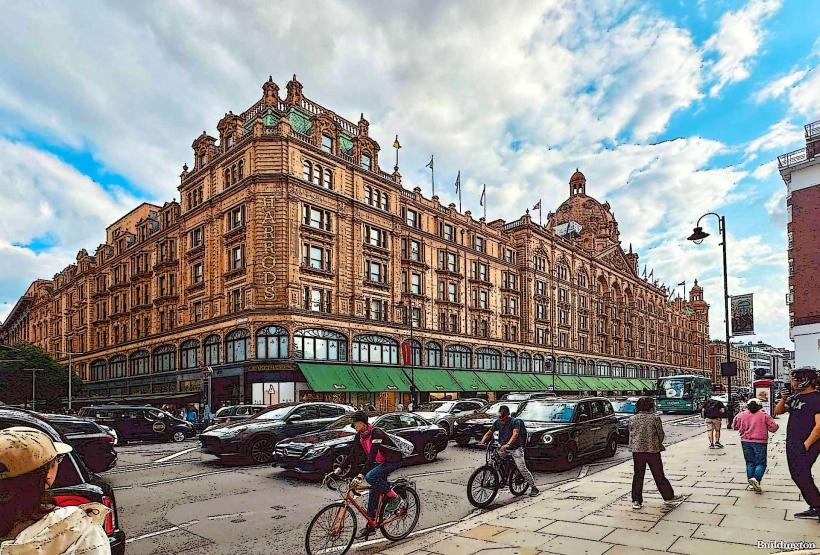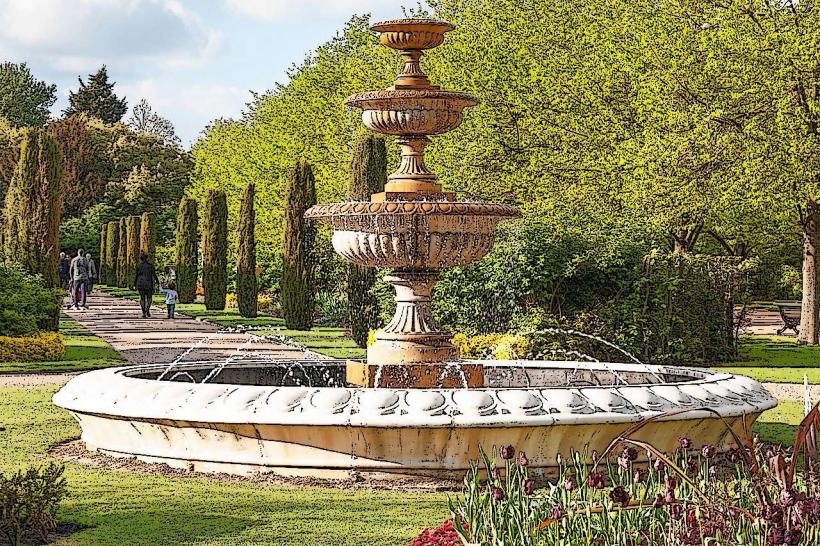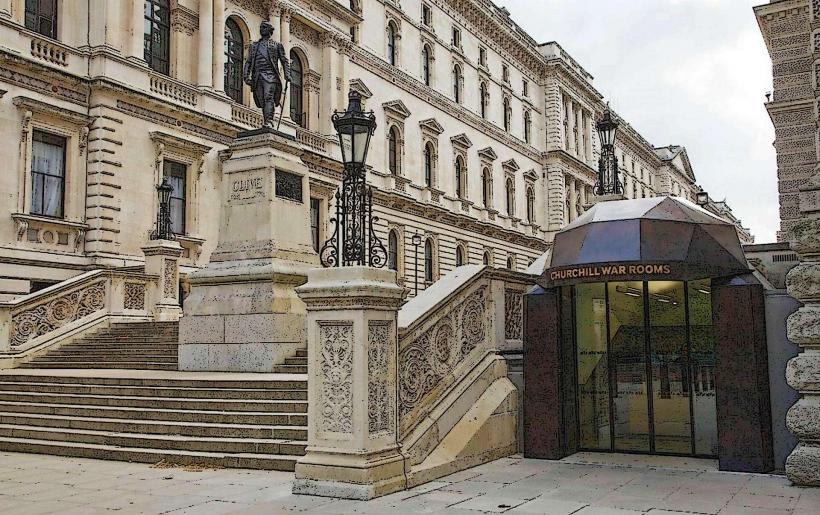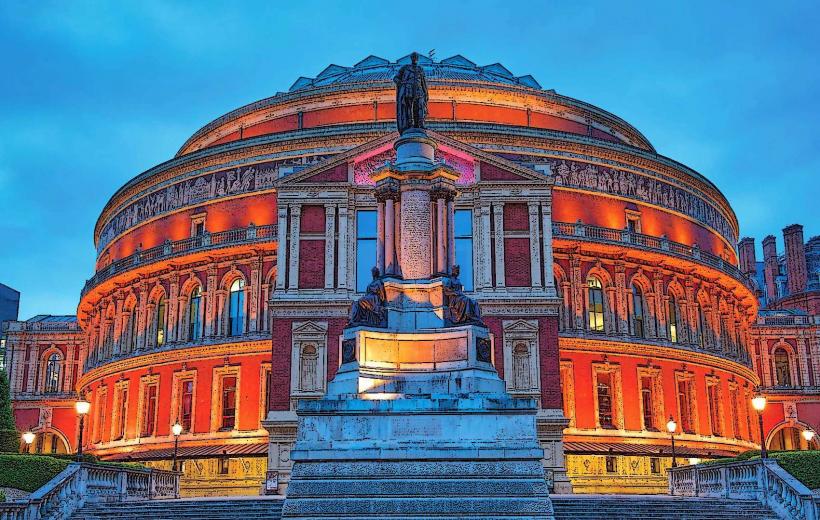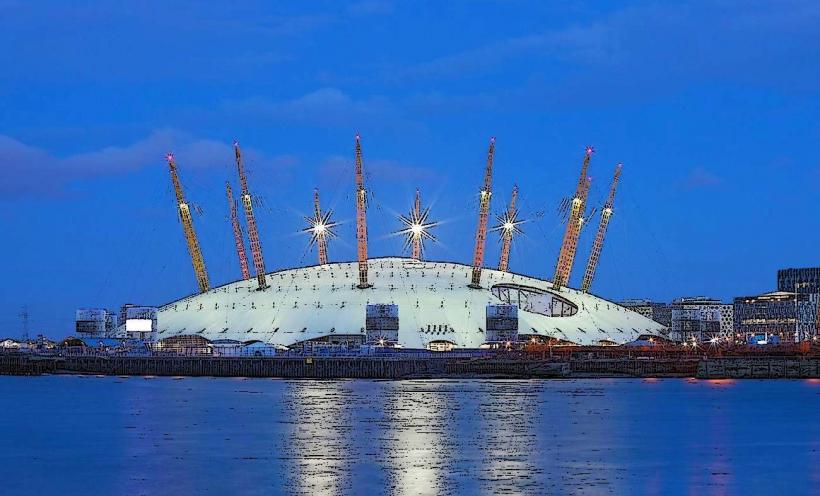Information
Landmark: London EyeCity: London
Country: United Kingdom
Continent: Europe
The London Eye, also known as the Millennium Wheel, is one of the most iconic landmarks in London, offering breathtaking views of the city’s skyline. It is a giant observation wheel located on the South Bank of the River Thames and has become a symbol of modern London. Here’s a detailed look at the London Eye, its history, design, and significance:
History and Background
- Construction and Opening: The London Eye was officially opened to the public on March 9, 2000, as part of the celebrations for the new millennium. It was originally conceived as a temporary structure but has since become a permanent and beloved part of the London skyline.
- Designers and Developers: The London Eye was designed by husband-and-wife architects David Marks and Julia Barfield, with engineering support from the company Arup. The project was developed by Tussauds Group (now part of Merlin Entertainments), in partnership with British Airways, who sponsored the wheel's construction.
- Ownership: After its initial creation, the London Eye was operated by Merlin Entertainments, which also owns other famous attractions such as Madame Tussauds and Alton Towers.
Structure and Design
- Height and Size: The London Eye stands at a towering 135 meters (443 feet) tall, making it one of the tallest observation wheels in Europe. It has a diameter of 120 meters (394 feet), offering panoramic views of central London and beyond.
- Positioning: The London Eye is situated on the South Bank of the River Thames, opposite Westminster. It provides incredible views of landmarks such as Big Ben, the Palace of Westminster, St. Paul’s Cathedral, and Buckingham Palace.
- Pods: The wheel is supported by a unique design that includes 32 sealed passenger pods, each made from glass and capable of holding up to 25 people. The pods are air-conditioned and allow for a 360-degree view of the city. They are numbered 1 to 33, but the number 13 is omitted for superstitious reasons.
- Rotation: The London Eye rotates slowly, offering riders an unhurried experience. It takes about 30 minutes to complete one full rotation, allowing passengers to enjoy a gradual and steady descent or ascent.
Engineering and Technology
- Design and Function: The London Eye is a cantilevered observation wheel, which means it is supported at one side of the wheel rather than centrally. This allows the wheel to stand on the South Bank without a supporting structure in the middle of the Thames, providing unobstructed views of the city.
- Motorized System: The London Eye is powered by electric motors, and its rotation is incredibly smooth and quiet. The wheel rotates at a very slow speed of about 0.26 meters per second (less than 1 km/h), ensuring a comfortable ride.
- Safety: The London Eye is equipped with modern safety mechanisms, including emergency evacuation systems and security protocols. The wheel is able to withstand winds of up to 80 miles per hour and has been designed with high standards of structural integrity.
Visiting the London Eye
- Ticketing: Visitors can purchase tickets for the London Eye online or at the attraction itself. There are different types of tickets available, including standard tickets, fast-track tickets (for quicker entry), and combination tickets that allow access to multiple attractions.
- Experience: The ride offers a unique opportunity to see London from a bird’s eye view, providing spectacular photo opportunities of the city’s most famous landmarks. On clear days, visitors can see for miles, with views reaching as far as Windsor Castle (about 25 miles away).
- Other Attractions: The London Eye is part of a larger cluster of attractions along the South Bank, including the SEA LIFE London Aquarium, the London Dungeon, and the National Theatre, making it a popular destination for tourists.
Cultural and National Significance
- Icon of Modern London: The London Eye has quickly become one of the most recognizable symbols of the city, alongside landmarks like Big Ben, the Tower of London, and the Shard. Its design reflects the modern, dynamic nature of London and its status as a global city.
- New Year's Eve Fireworks: The London Eye plays a central role in the New Year's Eve fireworks display in London. The wheel is lit up with colorful lights as part of the annual event, which attracts thousands of spectators and is broadcast internationally. The London Eye is often the focal point for the countdown to the New Year, with fireworks launched from the wheel itself.
- Tourist Attraction: Since its opening, the London Eye has become one of the most popular tourist attractions in the city, attracting millions of visitors every year. It offers a different perspective on London compared to other traditional sightseeing options.
Technological Features
- LED Lighting: The London Eye features advanced LED lighting, which can change color to mark special occasions, holidays, or events. During celebrations such as the Queen's birthday or sporting achievements, the wheel is often illuminated in red, white, and blue, the colors of the British flag.
- Interactive Viewing: The London Eye has interactive multimedia displays in the pods that help visitors identify landmarks and learn more about the city's history during the ride. The use of digital technology enhances the experience, making it more informative and engaging.
Conclusion
The London Eye is more than just a giant Ferris wheel; it is a modern engineering marvel and a symbol of the UK's capital. Since its opening in 2000, it has become an essential part of London's skyline and a must-see attraction for tourists. Whether you’re admiring London’s architecture from above or participating in one of the many special events it hosts, the London Eye offers an unparalleled view of the city’s rich history and dynamic present.

